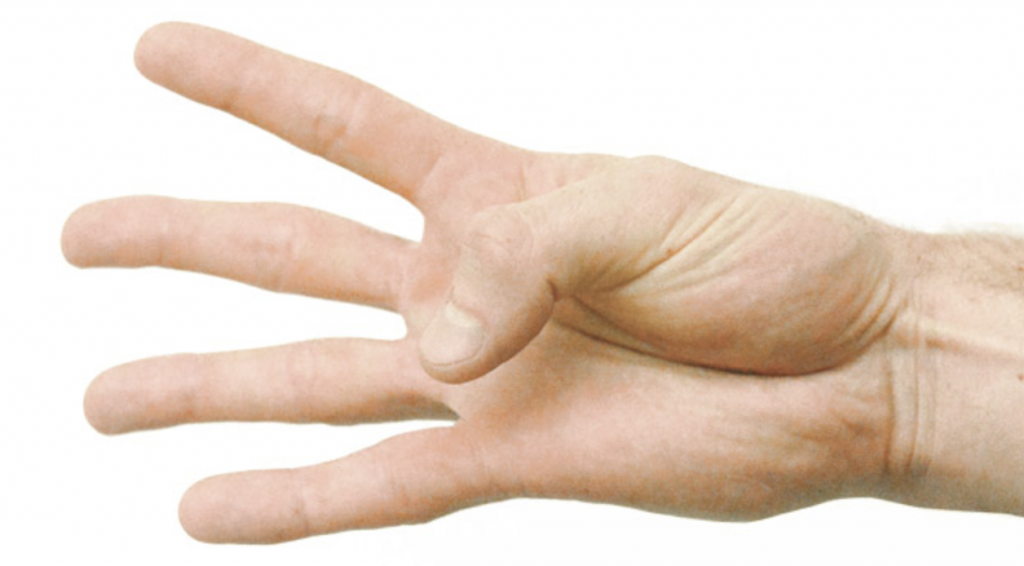Arthritis is a term used in reference to joint pain or joint disease and is prevalent throughout our society, affecting people of all ages. There are more than 100 types of arthritis and related conditions. Arthritis is known to affect women more than men and has a higher occurrence with increasing age. In this article, we will be focusing on osteoarthritis in the hands.
Osteoarthritis
Osteoarthritis is the most common form of arthritis. In unaffected joints, a smooth, shock absorbing surface called cartilage covers the end of each bone. The cartilage acts as a cushion between the bones. Osteoarthritis takes effect over time as the surface of the cartilage wears away and leaves the two bony surfaces to rub and cause friction, inflammation, swelling, pain and stiffness. There are a few risk factors that can predispose us to having osteoarthritis (Figure 1).

Figure 1 (http://www.move.org.au/Conditions-and-Symptoms/What-is-Arthritis)
The most common risk factors are:
-
Family history
-
Age
-
Excess weight – more prevalent in the weight-bearing bones
-
Excessive use of the digits. Eg. labourer / rigger and scaffolder / carpenter / receptionist etc.
-
Previous injury, Eg. Dislocated finger
To diagnose arthritis, your GP may request blood tests, perform a physical exam and order scans to determine the type and severity of arthritis. A Hand Physiotherapist will be involved in your care to optimise movement, strength and the function of your hands. This may require them to construct a splint to protect one or many joints if required. A Specialist, such as a Rheumatologist may be involved in your ongoing care if your arthritis is inflammatory in nature. Orthopaedic Surgeons, in particular Hand Surgeons perform joint surgeries including joint replacement.
Some of the more common symptoms experienced with joint arthritis in the hands include:
-
Joint swelling
-
Pain
-
Decreased movement of the joint
-
Stiffness
-
Deformity of the joint or enlarged knuckles
-
Loss of strength or ability to grip objects
These symptoms can vary greatly from person to person in terms of severity, from mild to moderate and even severe. Most commonly, arthritis will start as a mild occurrence, with subtle changes such as stiffness, tenderness around the joints of your hands. You may find your hands are stiff in the morning and warm up as you use them throughout the day. A number of people experience aching, soreness or pain toward the end of the day. After repeated use of the joint, the joint surface can become inflamed and therefore present as stiffness and soreness.
As the arthritis progresses, quite often the movement of the joints will decrease. This is due to more change at the surface of the joint accompanied by increased inflammation, swelling and discomfort or pain. The joints may become enlarged and can even form little bumps or nodes over the joint surface. These changes are also visible on an x-ray. You may find that your ability to perform fine motor skills such as doing up buttons, picking up small objects or gripping for a period of time becomes increasingly difficult.
In the more severe cases, the joints increase in size and the angle of the fingers and thumbs can change. The wear and tear of the joint surfaces can alter the alignment of the joint and also disrupt soft tissue structures like ligaments and tendons. Therefore the appearance of the joint and the alignment of the digits change.
When you are experiencing symptoms that are mild to moderate in nature, there are a number of things that you may be able to try. Your Hand Physiotherapist will be able to advise you on the following:
-
Finding a balance between activity and rest
-
Using hot and cold therapies
-
Strengthening the muscles of the hand and wrist
-
Protecting the joint(s) with a splint or a brace
-
Maintaining regular joint movements
-
Liaising with your GP and Pharmacist with regard to medicines, natural remedies and supplements
-
Avoid repetitive movements
-
Avoid foods that contain high levels of uric acid / purines
-
Leading a healthy and active lifestyle.
-
Using assistive devices
The aims of managing arthritis are to:
-
Preserve joint function
-
Optimise quality of life
-
Reduce pain and swelling
If you are experiencing severe symptoms, it is likely that your quality of life is being adversely affected. You may benefit from some of the recommendations listed above. You may also consider seeing a Specialist for a review and potentially a joint replacement.


